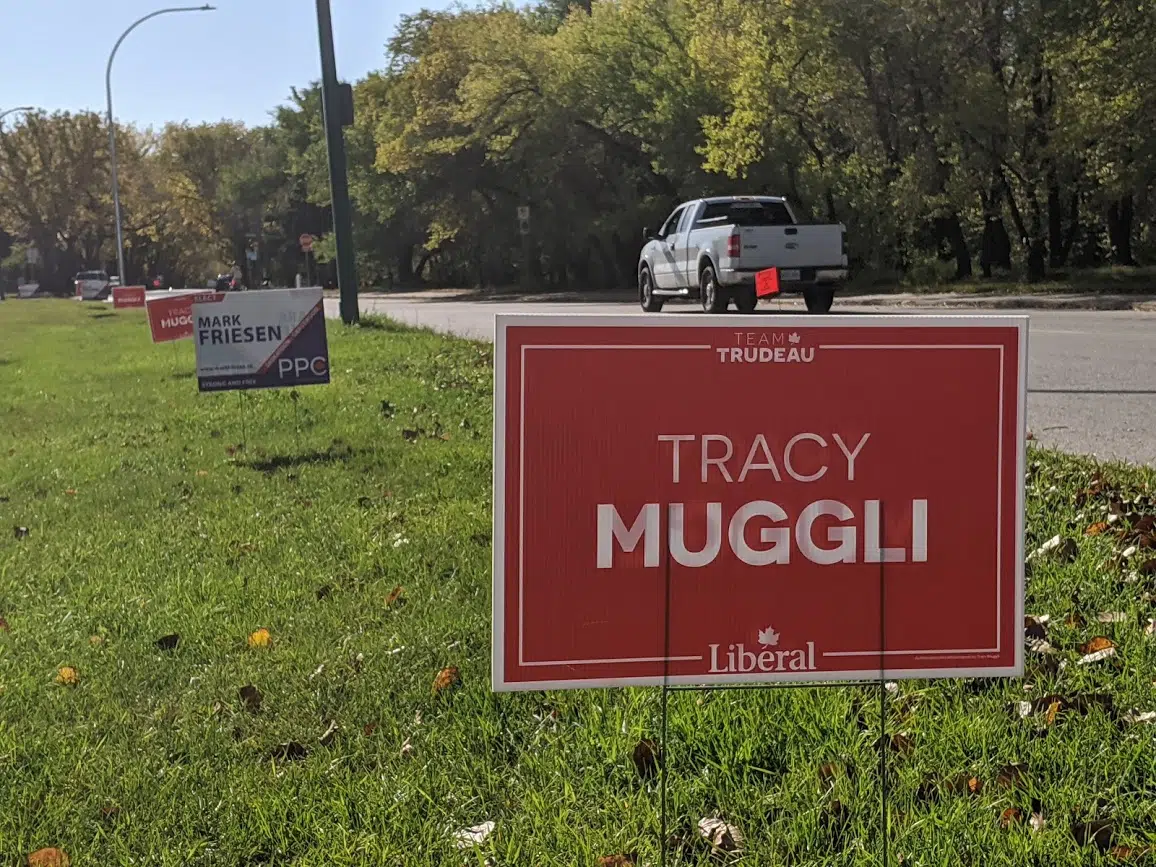With only two weeks to go until voters head to the ballot box, each candidate is doing everything he or she can to get the attention of constituents leading up to Oct. 21.
The easiest and most common practice of getting attention is placing election signs throughout a riding, but there are some federal and municipal rules candidates must follow.
Marie-France Kenny, regional media adviser for Elections Canada, notes candidates must have a homeowner’s permission, or the owner of any property before displaying a sign on private property.
“I couldn’t go put a sign on your front lawn unless I asked you,” Kenny said.
Without that permission, the owner of the property is free to remove the sign.
“If you were nice, you could call me and say, ‘I’m going to remove your sign. Come and get it.’ Or you can just take it out. It’s your personal property,” Kenny said.
One thing a person shouldn’t do is destroy a sign. Since they are personal property, destroying a sign could result in criminal charges like vandalism or mischief.
Voters shouldn’t see any election signs at polling stations, either. Elections Canada tries to keep those areas as neutral as possible.
Other ways of spotting a real candidates sign is in the content. Each sign is required to have a tagline that states who has authorized the message contained on the sign.
While Elections Canada deals with the more general rules of election signs, city administration is tasked with some of the finer points, including public property.
Director of Community Standards Jo-Ann Richter said there are places you shouldn’t see a sign.
“Signs cannot be placed in the centre of medians or traffic circles. Anywhere where you have to cross a lane of traffic, to put up a sign is a safety issue, as well as driver distraction,” Richter said.
There is a list of high-speed and high-traffic areas of the city where Election signs are not permitted. Places like Circle Drive, McOrmond Drive, and sections of College Drive and 8th Street are all prohibited from displaying temporary signs.
The city also has a section of right-of-way rules that maintain minimum distance standards. Signs must be two metres from any curb or fire hydrant, five metres from any driveway, six metres from any driving lane and 30 metres from any intersection.
However, boulevards — a section of public property beyond a home’s lawn preceding the curb — are available for signs to be placed.
Any wrongdoings or infractions are dealt with on a complaint basis through the bylaw compliance office.
Richter said this time of year does produce an increase in bylaw complaints across the city, but like the Elections Canada Act, bylaws were updated and formed over decades to become what they are.
“We obviously want to provide the opportunity for candidates to advertise and get their name out there, but at the same time, we want to make sure that the health and safety of the community and the aesthetics of the community are maintained,” Richter said.







